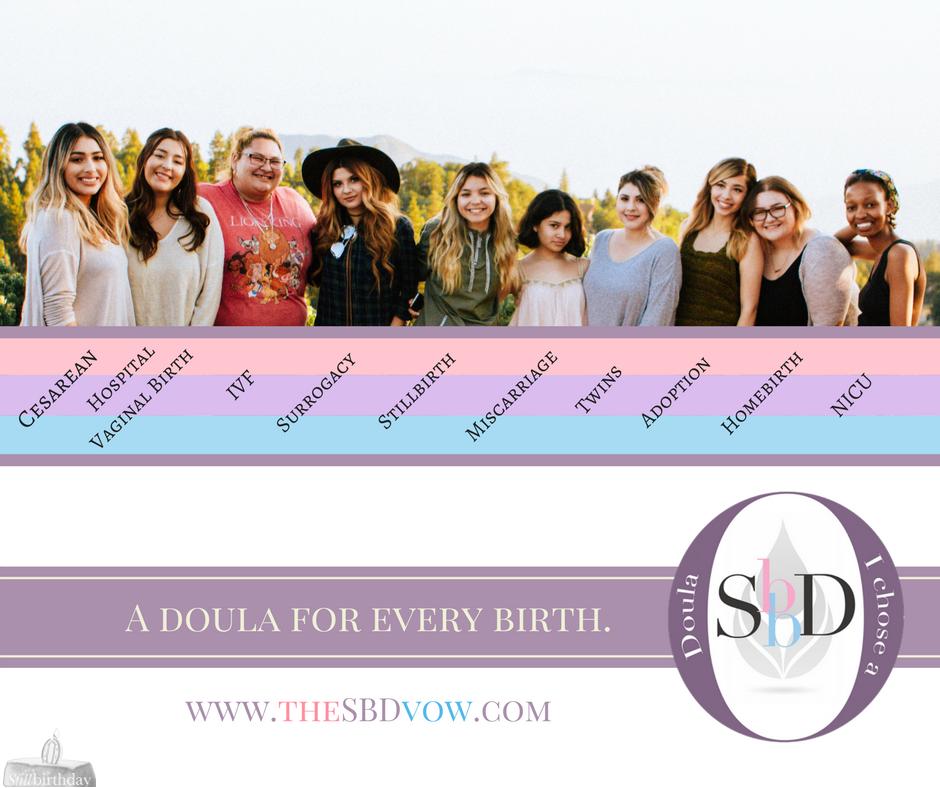“Vanishing Twin Syndrome” may occurs when a mother miscarries one of the twins she is pregnant with.
If the miscarriage happens in the first trimester, neither you nor your other baby should have any clinical signs or symptoms. The surviving twin usually still has an excellent probability of resulting in a full pregnancy and live birth, but it depends on the factors that contributed to the death of the other twin.
When a baby dies after about eight weeks, this baby and his or her placenta may likely be compressed from the pressure of the growth by the surviving twin; this is known as fetus papyraceus or papyrus. Generally, what is being compressed is the water that holds the small baby’s soft structure while developing in the womb. Your doctor may inform you that your body has “reabsorbed” this water (or the baby), which might be very painful to hear. Because the baby’s tiny tissues are no longer alive, your body may recognize your baby as a wound and begin to heal this wound by embracing the dead tissue to prevent it from further harming your body. You might consider something of like a scrape on your arm that your body scabs to heal. In this way, even your womb testifies to the painful experience you are going through.
It is possible that fetus papyraceus can occur in a singleton or a multiples pregnancy.
With twins, while both twins may be delivered, you should know what to expect to see if you want to be able to see the twin that has died (his or her physical form will likely be flattened and developmentally incomplete). If the twin died in the second or third trimester, there are increased risks to your other baby, including a possibility of having cerebral palsy and death. These risks depend on if the babies shared a placenta, or each had their own. For this reason, your doctor may suggest artificially inducing your labor prior to reaching full term.
You can view a photo of twins, shared by a courageous stillbirthday mother, one born alive and the other who died via fetus papyraceus, here.
Your doctor will discuss with you the possible need to induce delivery of your twins, and the likelihood of this baby’s survival.
Related Multiples Loss Situations:
- Another way that multiples loss can present is through what is called Fetus in Fetu. There are two theories to Fetus in Fetu. The first is that the structure is of an embryonic multiple, and the second is known as highly teretoma, or, simply an abnormal cell structure that is not of a multiple.
- Partial Molar Twin
- Parasitic Multiple: this can be considered a highly offensive term to reference a multiple who may not form completely and who may pose a threat to the life of the more dominantly formed baby.
- Unequally Conjoined Twins: is a more appropriate term for Parasitic Multiple
- Twin to Twin Transfusion Syndrome (TTTS), also known as Feto-Fetal Transfusion Syndrome (FFTS)
- Twin Oligohydramnios-Polyhydramnios Sequence (TOPS)
- Selective Reduction
For All Multiples Situations:
Please visit the specialized birth planning for giving birth to multiples (when one or both are still).
You are invited to share your story here as well: please remember that sharing your story at stillbirthday is a way to express your feelings and share your experiences with other mothers – it is not to diagnose, treat or answer any medical questions.
You might visit our farewell celebrations for ideas to celebrate your baby.











My last baby died at 25 weeks, and reabsorbed. As far as we know, it was a singleton pregnancy, we hadn’t had an early sonogram. I was told this was extremely rare. It made it more difficult at the begining, not only because I didn’t have any “proof” of my loss, but also because it was just so wierd. I simply had a baby, then I didn’t. But I’m thankful that we let things occure naturally. Sometimes I feel like Willow gifted herself to me, to help me heal. We had gotten pregnant only four months after my son was born, and it was an extremely physically taxing experience. It’s been almost a year, and I still have times of feeling so close to my baby. It’s more sweet than bitter now. She’ll always be almost here, and someday I’ll really meet her.